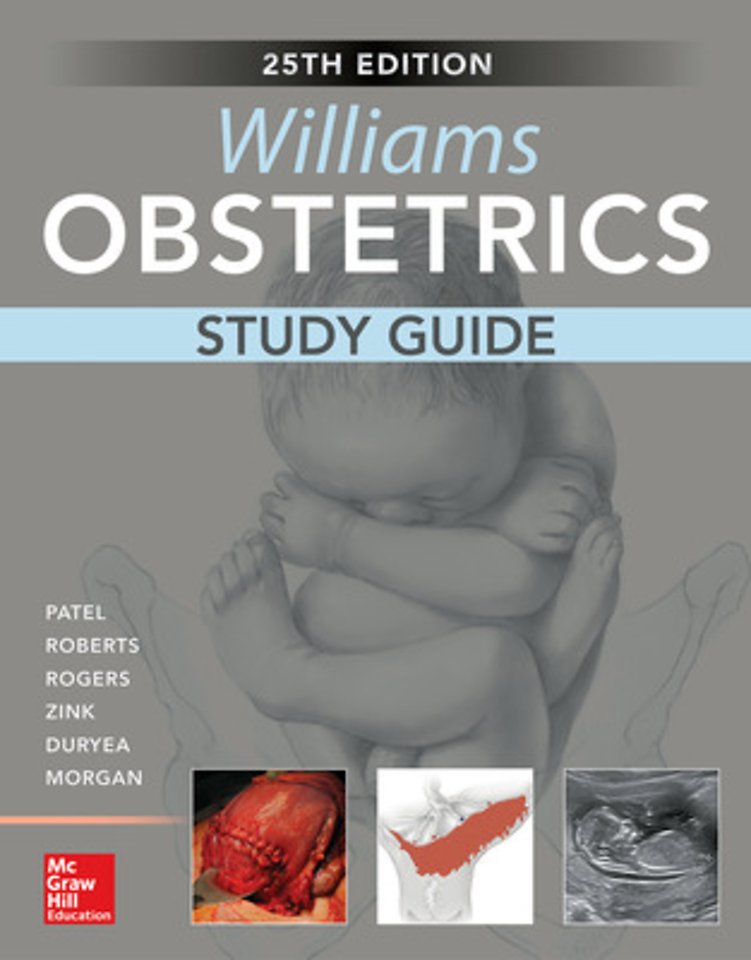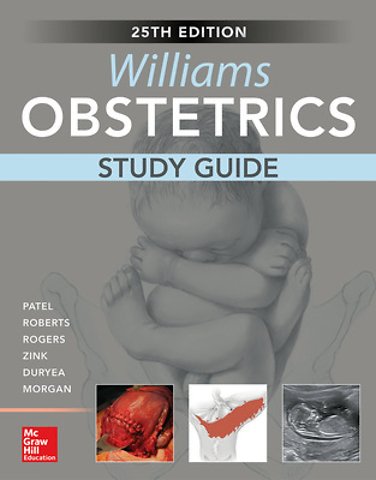Williams Obstetrics, 25th Edition, Study Guide
Samenvatting
Publisher's Note: Products purchased from Third Party sellers are not guaranteed by the publisher for quality, authenticity, or access to any online entitlements included with the product.
Assess your comprehension and retention of Williams Obstetrics, Twenty-Fifth Edition with the only study guide keyed to that acclaimed text
Here’s why this is the ultimate obstetrics study guide:
•More than 2,000 evidence-based, multiple-choice questions carefully selected to highlight key points from each chapter of Williams Obstetrics, Twenty-Fifth Edition•The answer key guides you to the pages in Williams Obstetrics, Twenty-Fifth Edition, that contain the explanations and further discussion --- the perfect way to strengthen your weak areas•More than 400 color images are included as question material•Organization follows the chronology of pregnancy, from Maternal and Fetal Anatomy and Physiology to Labor and Delivery, with additional sections on the Fetus and Newborn, Puerperium, Obstetric Complications, and Medical and Surgical Complications•Clinical case questions give your knowledge practical, real-world application
Specificaties
Inhoudsopgave
Net verschenen
Rubrieken
- aanbestedingsrecht
- aansprakelijkheids- en verzekeringsrecht
- accountancy
- algemeen juridisch
- arbeidsrecht
- bank- en effectenrecht
- bestuursrecht
- bouwrecht
- burgerlijk recht en procesrecht
- europees-internationaal recht
- fiscaal recht
- gezondheidsrecht
- insolventierecht
- intellectuele eigendom en ict-recht
- management
- mens en maatschappij
- milieu- en omgevingsrecht
- notarieel recht
- ondernemingsrecht
- pensioenrecht
- personen- en familierecht
- sociale zekerheidsrecht
- staatsrecht
- strafrecht en criminologie
- vastgoed- en huurrecht
- vreemdelingenrecht

